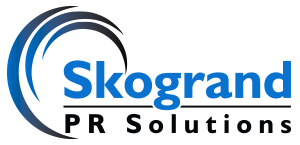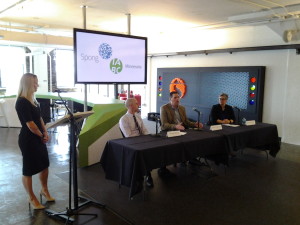Despite the many changes in media relations over the past few years, there are core aspects that still are important. Writing. Knowing the intricacies of one’s client or company business. Relationships.
Michael Walsh, ABC, APR, MBC, Vice President, Public Relations for U.S. Bank Wealth Management; Roman Blahoski, Director of Global Communications for Ecolab; and Tammy Nienaber, Director of Communications for Great Clips, shared their media relations insights at an International Association of Business Communicators — Minnesota event this week hosted by Spong.
Blahoski shared a couple of war stories from his career. One involved when he was working at ADM and a movie was released — “The Informant!” — about an ADM employee whistle-blowing on the company’s price fixing. As ADM no longer engaged in that practice, Blahoski led a media relations outreach campaign with the company offering to answer any questions related to the topic. Only one outlet took the company up on the offer, and the topic faded away as the movie fizzled.
Nienaber’s war story, which she referred to as “The Gastonia Incident,” was a situation in which a disgruntled Great Clips employee from Gastonia, N.C., posted a photo to Facebook of hair clippings in a dumpster, stating that’s where hair donations to Great Clips go. In that instance, Great Clips replied on Facebook and kept the conversation contained.
Panelists cited social media as the biggest change in media relations. Walsh uses Twitter in particular as a way to learn more about a journalist.
“Any small thing can become a large thing in social media,” said Blahoski.
Nienaber also encouraged attendees to ensure that they have a professional personal brand on social media.
With all three working in corporate environments, they also shared wisdom on managing up. For instance, Walsh offers an alternative situation to an executive when he knows a news release isn’t the appropriate tactic.
Blahoski likes to turn the tables by asking, “If you didn’t work at this company, how interested would you be in this information?”
Evaluation, the last step in the public relations four-step process, was covered as well. Panelists said incenting audiences to change behaviors should be the main measurement, although they also use online share of voice, impressions, number of clips and placement in specific media outlets as metrics.
Changes in public relations keep the field exciting to many. “If you’re just starting out, embrace how varied PR can be,” said Walsh.

